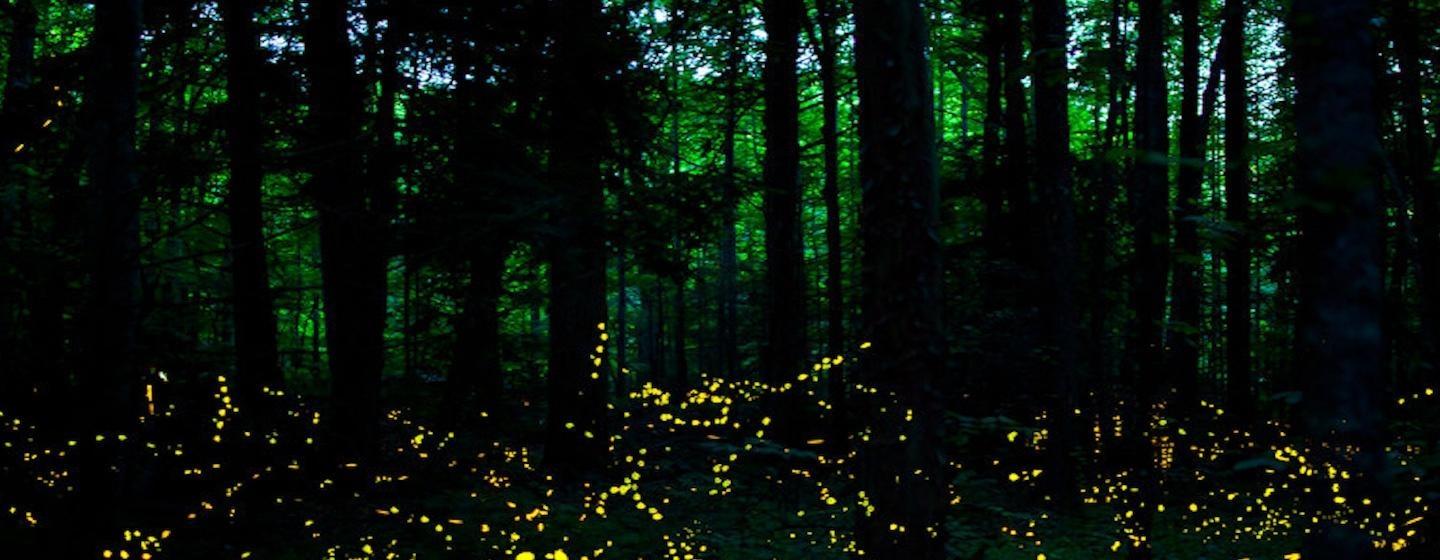Firefly Summer Magic Is Declining


Watching fireflies dance in the dark, as well as catching the little lightning bugs (as they’ve come to be known) are all childhood memories that many people treasure. The glowing, twinkling lights at sundown became a sign that summer had arrived.
But if it seems as if fireflies are more difficult to spot, you’re right.
Scientists say the numbers of fireflies are declining and there are a few reasons why.
First, there are fewer places for fireflies to live because its habitats are destroyed by development. Fireflies need marshes and meadows to live in and illuminate.
Fireflies also need darkness to light up and find love, because bioluminescence is needed for reproduction. Males attract mates with their glowing butts. The bugs need darkness to signal each other, and there are fewer dark places to be found in North Carolina.
Pesticides also create challenge for the glowing insects. That’s because adults only survive for a few weeks, just in time to mate. They spend most of their time in the ground as larvae eating slugs and snails before coming out of the ground and lighting up. Pesticides soaking into the ground take a toll.
There are about 2000 species of fireflies around the world in temperate and tropical area. Fewer than 200 of those are found in the United States. Not all fireflies blink, some light up in different colors.
And very few fireflies blink in unison. But some synchronous fireflies are found in North Carolina, in Great Smoky Mountains National Park.
See below to watch a Sci NC story on the dance of the synchronous fireflies.
For only two weeks every summer, the forest in a small part of Great Smoky Mountains comes alive with the rare synchronous firefly. The fireflies flash together in a beautiful mating ritual. Scientists are still trying to understand it.